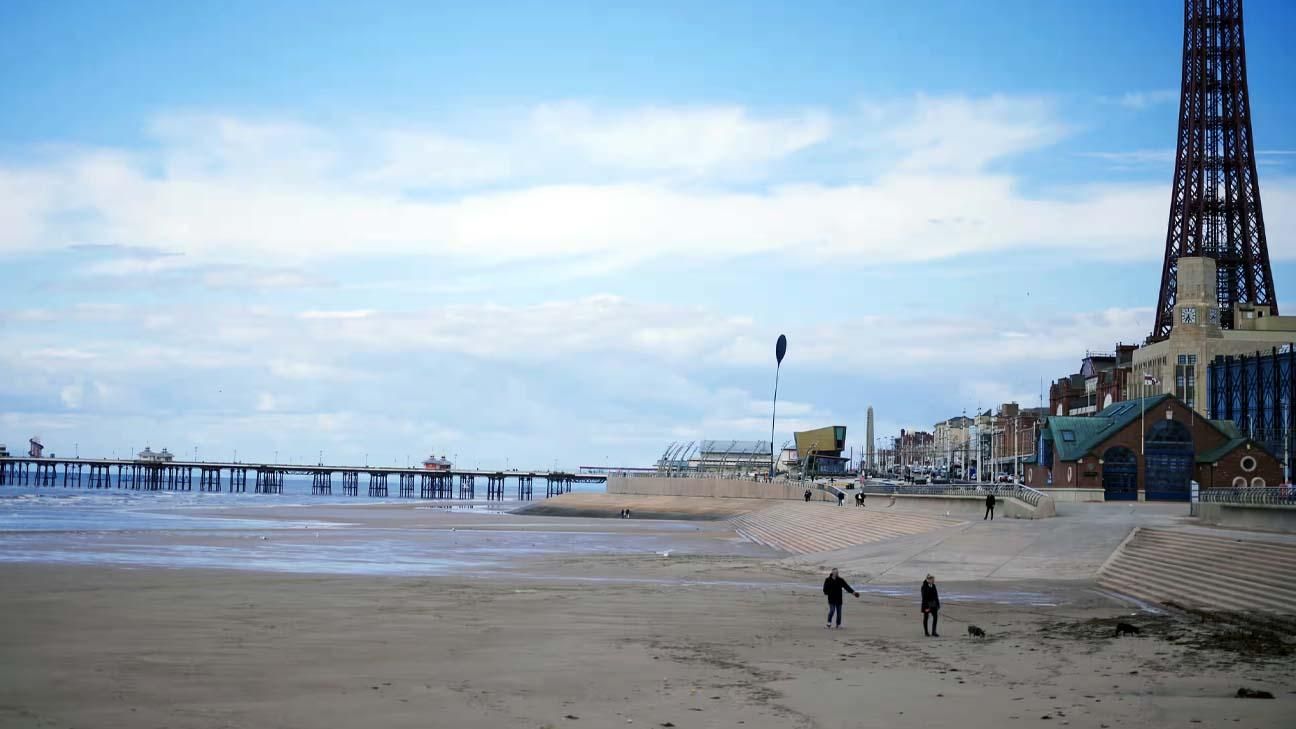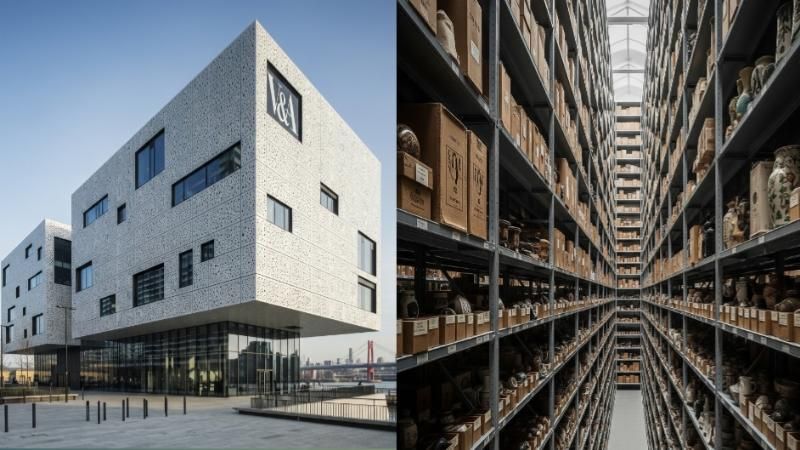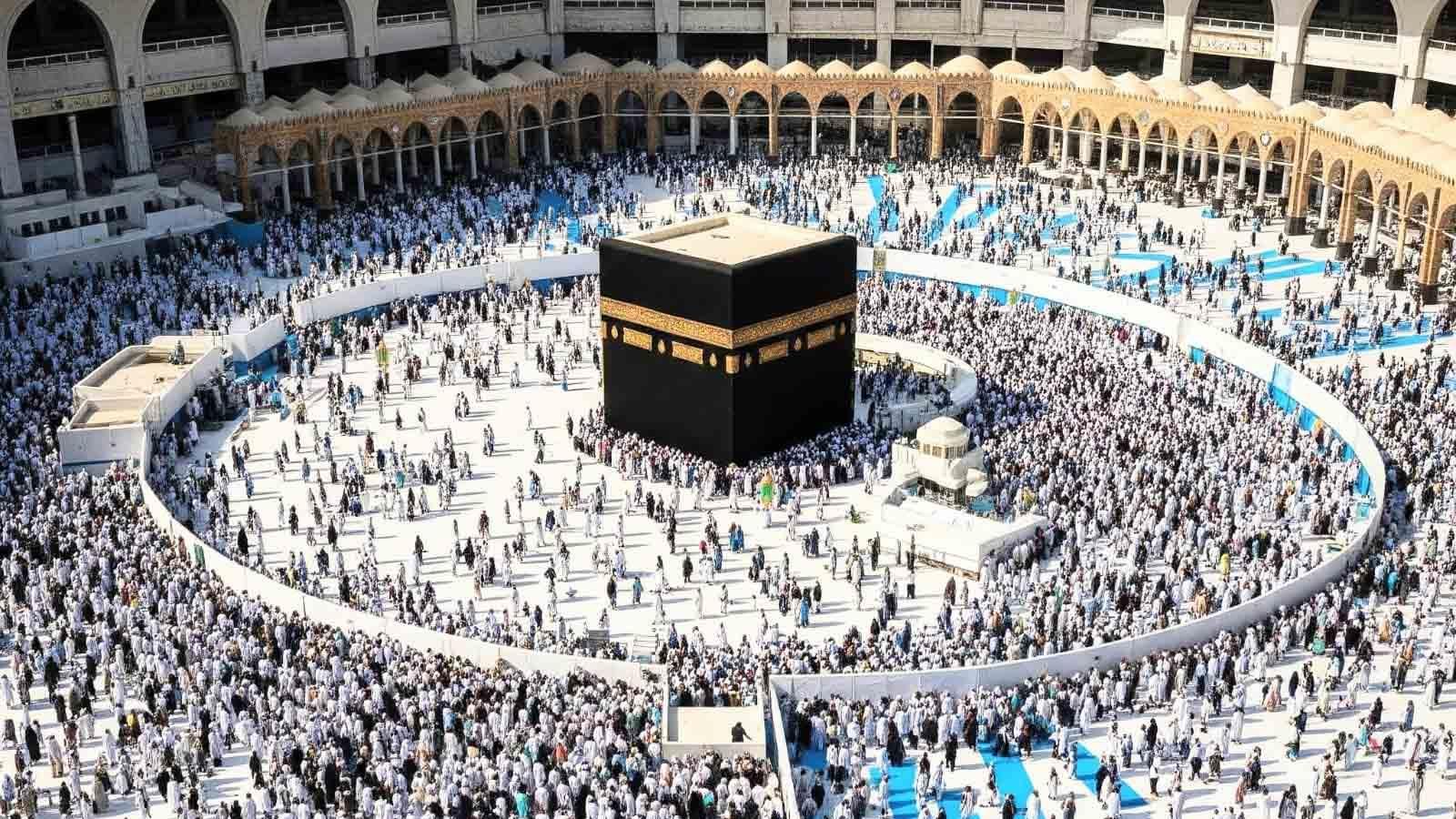With Hajj 2025 fast approaching in early June, Saudi Arabia is rolling out a comprehensive strategy combining advanced technology and innovative infrastructure to ensure the safety, comfort, and smooth flow of millions of pilgrims. A key focus this year is the intensified effort to curb unauthorized Hajj participation, alongside significant expansions in heat-mitigating road technologies.
Daily Dazzling Dawn correspondents in Makkah report that Saudi authorities have launched drone surveillance over the holy city to meticulously monitor and prevent the entry of individuals attempting to perform Hajj without official permits. This initiative is a critical component of the high-profile "No Hajj Without a Permit" campaign, under which security forces are conducting a relentless crackdown on illegal pilgrims and their facilitators.
Official figures released by the Saudi Directorate of Passports indicate a substantial influx of international pilgrims, with more than 820,000 arrivals recorded as of Thursday. The vast majority, 782,358, have arrived by air, while 35,478 came via land border crossings and 2,822 by sea. These numbers underscore the immense logistical challenge and the kingdom's commitment to managing the pilgrimage efficiently. Last year, approximately 1.8 million Muslims performed Hajj, and similar numbers are anticipated for 2025.
In a bid to streamline pilgrim journeys, Saudi authorities are continuing the successful "Mecca Route" initiative. Fully launched in 2018, this program fast-tracks departure and arrival procedures for pilgrims from 11 airports across seven participating countries, offering high-quality services through qualified personnel.
Beyond security, paramount attention is being given to pilgrim comfort, especially concerning the intense summer heat. Saudi Arabia has dramatically expanded its cooled and rubberised road surfaces, an initiative first introduced in 2023. The Saudi Roads General Authority (RGA) announced an 82% expansion this year, with over 84,000 square meters paved across the Arafat plains, where the Hajj reaches its spiritual peak.
These innovative cooling systems utilize locally sourced materials that significantly reduce sunray absorption, effectively lowering surface temperatures by approximately 12°C and increasing sunlight reflection by 30-40% in the mornings. This not only creates a more bearable environment for pilgrims but also contributes to energy conservation and reduced air pollution.
Furthermore, the "Flexible Rubber Roads" initiative, introduced last year to mitigate foot injuries, has seen a 33% expansion. Designed to soften asphalt walkways using rubberized material, this technique aims to reduce strain and enhance mobility, particularly vital as more than half of this year's pilgrims are expected to be elderly. The rubberized surfaces are crucial for alleviating joint pain and easing movement during the arduous treks between holy sites.
This upcoming Hajj, set for early June, will mark the last pilgrimage to occur during peak summer heat for the next 16 years. Beginning in 2026, the Hajj will progressively shift into cooler seasons—first spring, then winter—due to the cyclical nature of the Islamic lunar calendar. This transition promises even greater comfort for future pilgrims, making the current infrastructure enhancements all the more critical for this year's summer Hajj.








.svg)
